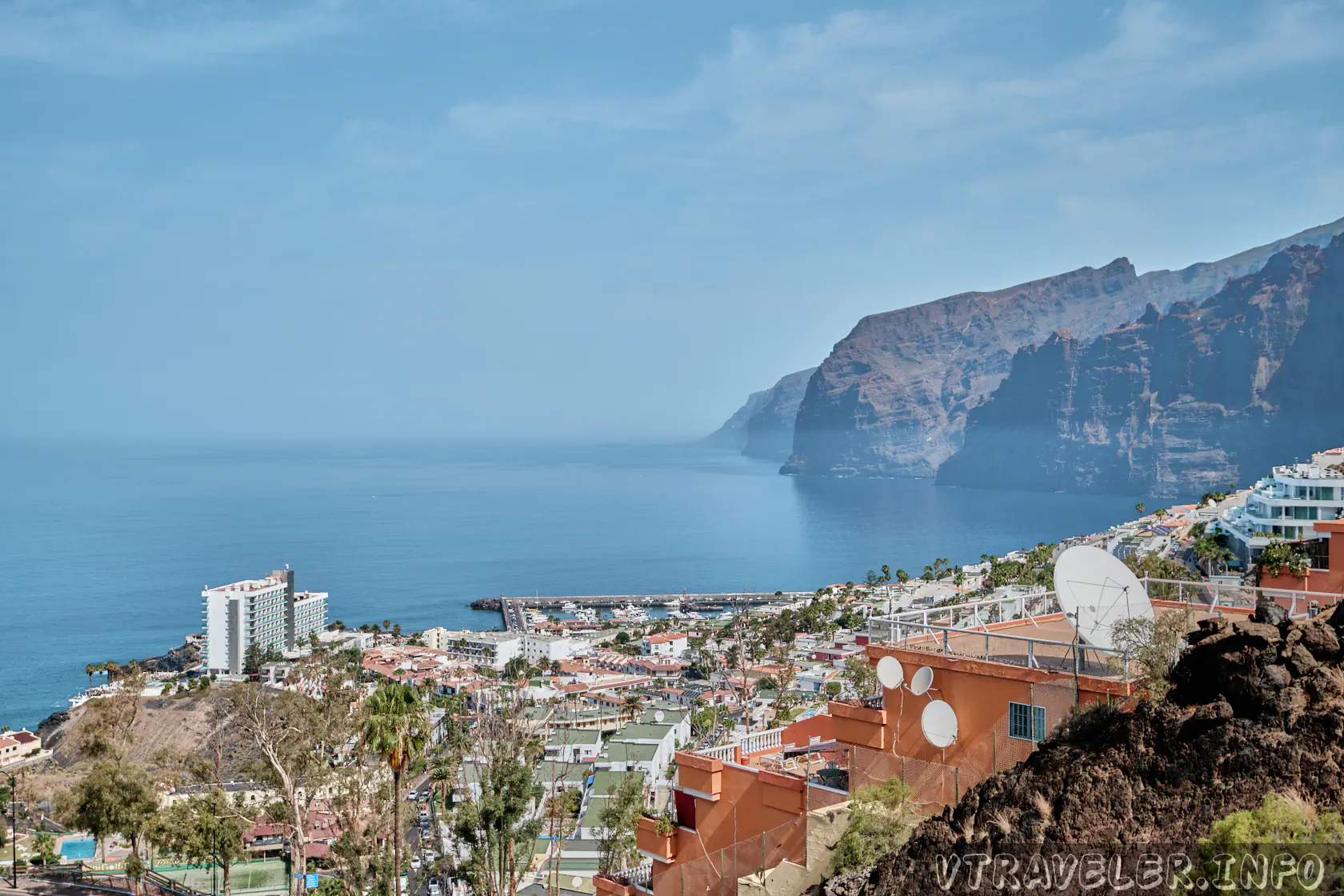Introduction
Tenerife is the largest island in the Canary archipelago belonging to Spain, attracting millions of tourists with its temperate climate all year round. Located in the Atlantic Ocean, the island is an ideal destination for those looking for a comfortable holiday amidst natural beauty in any season. A variety of weather conditions can be found in Tenerife, making it attractive for different types of holidays, from beach holidays to active tourism. This article details the temperature patterns, precipitation and sea currents that influence the island’s weather conditions, providing useful information for planning a trip.
| Jan | Feb | Mar | Apr | May | Jun | Jul | Aug | Sep | Oct | Nov | Dec | |||
| Avg. daily max. (°C) | 20 | 21 | 22 | 23 | 24 | 26 | 28 | 29 | 28 | 27 | 23 | 21 | ⌀ | 24,4 |
| Avg. daily min. (°C) | 14 | 14 | 15 | 16 | 17 | 18 | 20 | 21 | 20 | 19 | 17 | 16 | ⌀ | 17,3 |
| Sun hours (h/d) | 6 | 7 | 7 | 8 | 9 | 10 | 11 | 11 | 8 | 7 | 6 | 5 | ⌀ | 7,9 |
| Rain days (d) | 7 | 6 | 4 | 2 | 1 | 0 | 0 | 0 | 0 | 3 | 5 | 7 | Σ | 35 |
| Water temp (°C) | 19 | 18 | 18 | 18 | 19 | 20 | 21 | 22 | 23 | 22 | 21 | 20 | ⌀ | 20,1 |
The impact of climate in Tenerife
The peculiarities of the local climate have a significant impact on the economic and social life of Tenerife. Stable temperatures ranging from 20-30°C throughout the year and low rainfall make the island an attractive centre for tourism and agriculture. The mild climate favours the cultivation of a variety of crops, including bananas, tomatoes and wine, which is an important source of income for the local population.
These conditions also favour the various outdoor festivals and cultural events that take place in Tenerife all year round, attracting tourists from all over the world. In particular, the island welcomes kitesurfers and windsurfers in the winter, as this is when the winds are most favourable for kitesurfing and windsurfing.
In addition, mild winters and cool summers make Tenerife an ideal holiday destination for older tourists and families with children who prefer to avoid extreme temperatures. This increases the demand for hotel and restaurant services, stimulating the development of local hospitality and service.
Climate in the north of the island
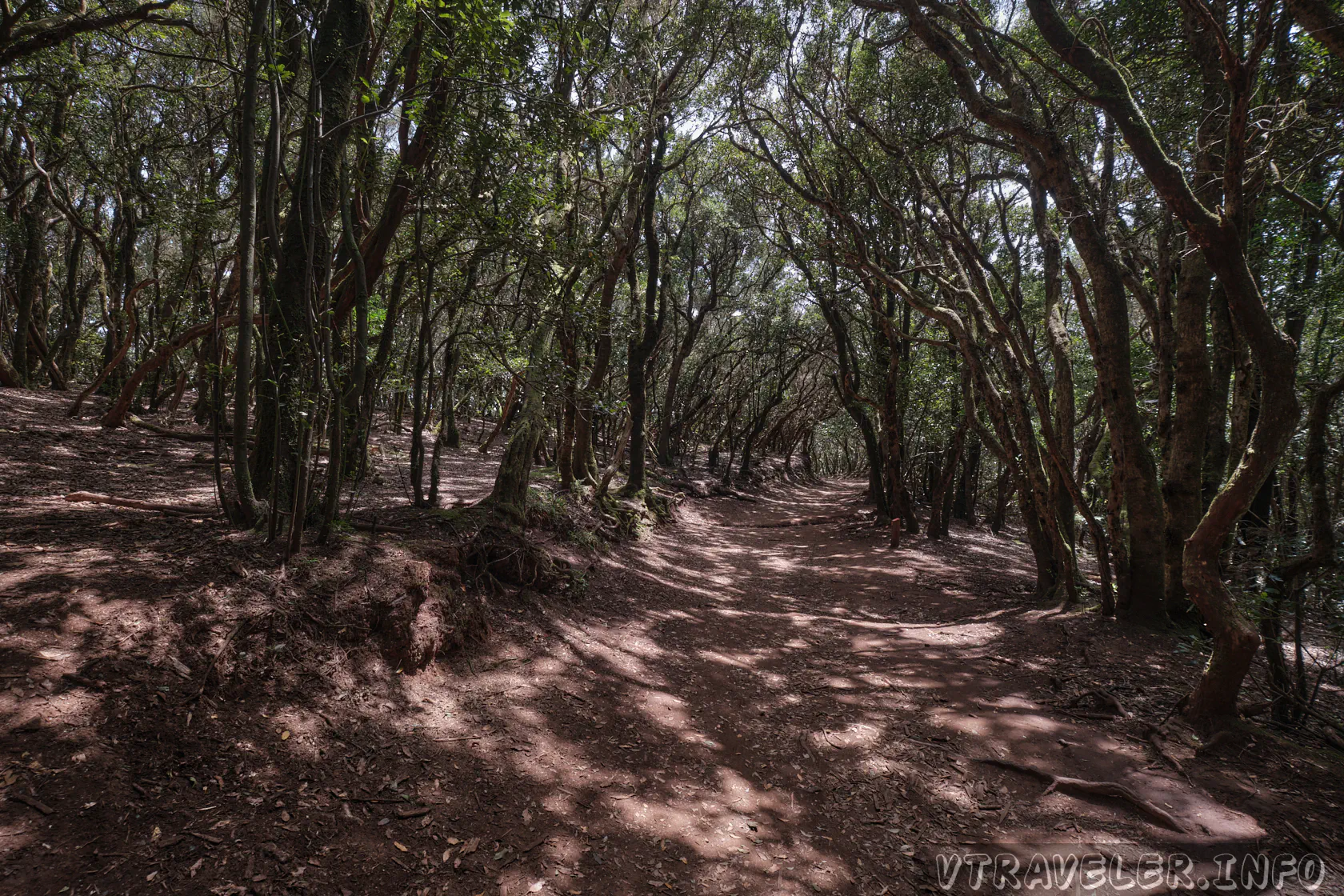
The northern part of Tenerife is characterised by a cooler and wetter climate compared to the southern areas. This is due to the influence of the North Atlantic Current and the constant winds that bring in moisture from the ocean. As a result, clouds and fog often form in this region, especially in the mountainous areas, which favours heavy rainfall. This weather characteristic creates ideal conditions for the growth of dense forests and diverse flora, including many endemic plant species.
These natural features make the north of the island an attractive destination for ecotourism and hiking. Famous parks such as Anaga (north-east) and La Orotava Valley are located here, where tourists can enjoy spectacular scenery and unique nature. The distinctive weather of the northern part of Tenerife also favours the production of quality wines, as the local vineyards receive sufficient moisture and are protected from excessive sunlight. The resort area in the north is Puerto de La Cruz.
Climate in the south of the island
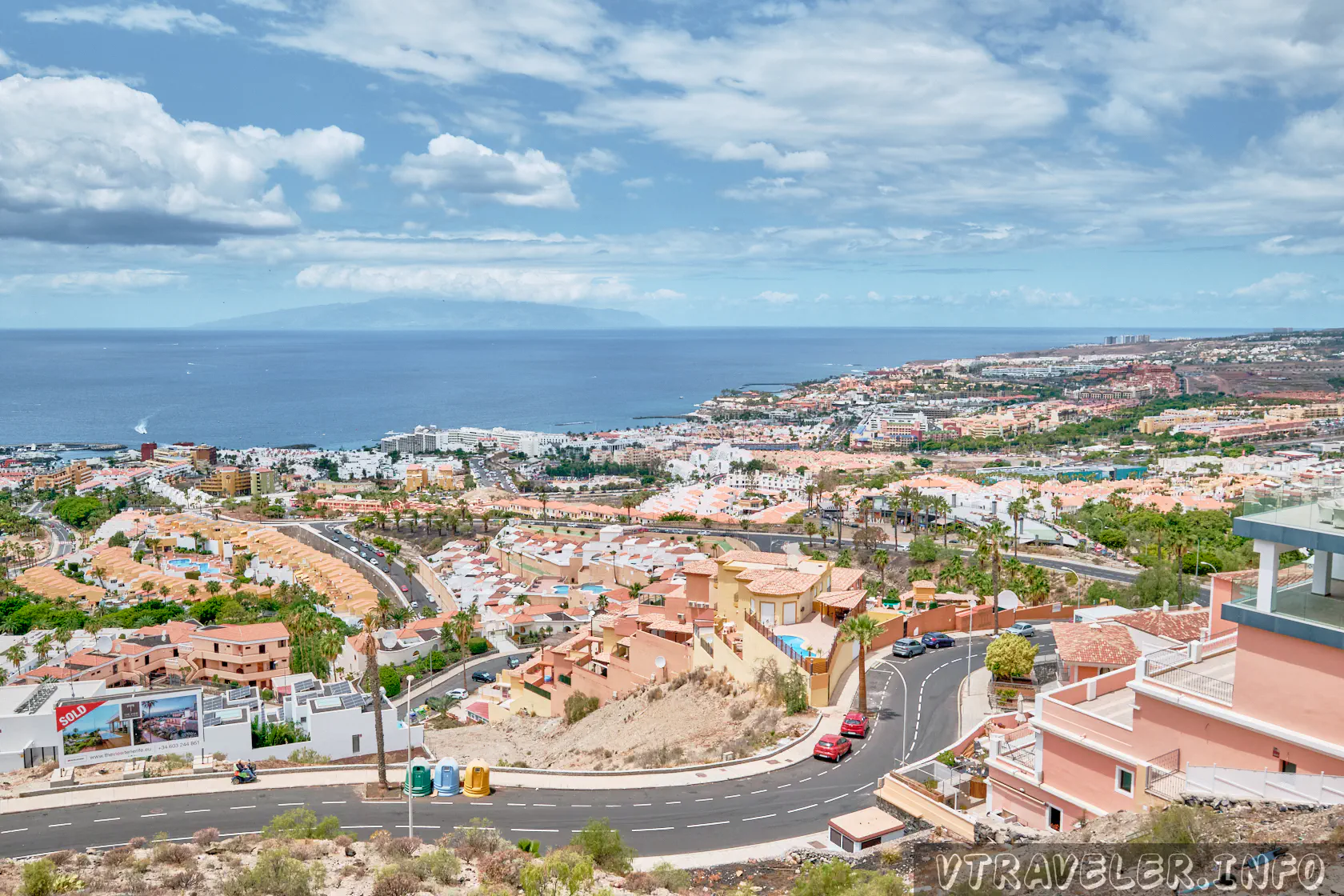
The southern part of Tenerife is known for its warm and dry conditions, making it particularly popular for sunny holidays and beach tourism. This area is influenced by the African winds, resulting in higher temperatures and less rainfall than the north of the island. This weather creates ideal conditions for swimming and water sports all year round.
This region is home to famous resorts such as Los Cristianos and Playa de las Americas and Costa Adeje, which attract thousands of tourists each year. The bright sunshine and few rainy days encourage the organisation of various outdoor activities including golf, windsurfing and diving. The region’s economy is heavily dependent on tourism, which encourages the development of infrastructure and services including hotels, restaurants and entertainment centres.
Climate in the east of the island
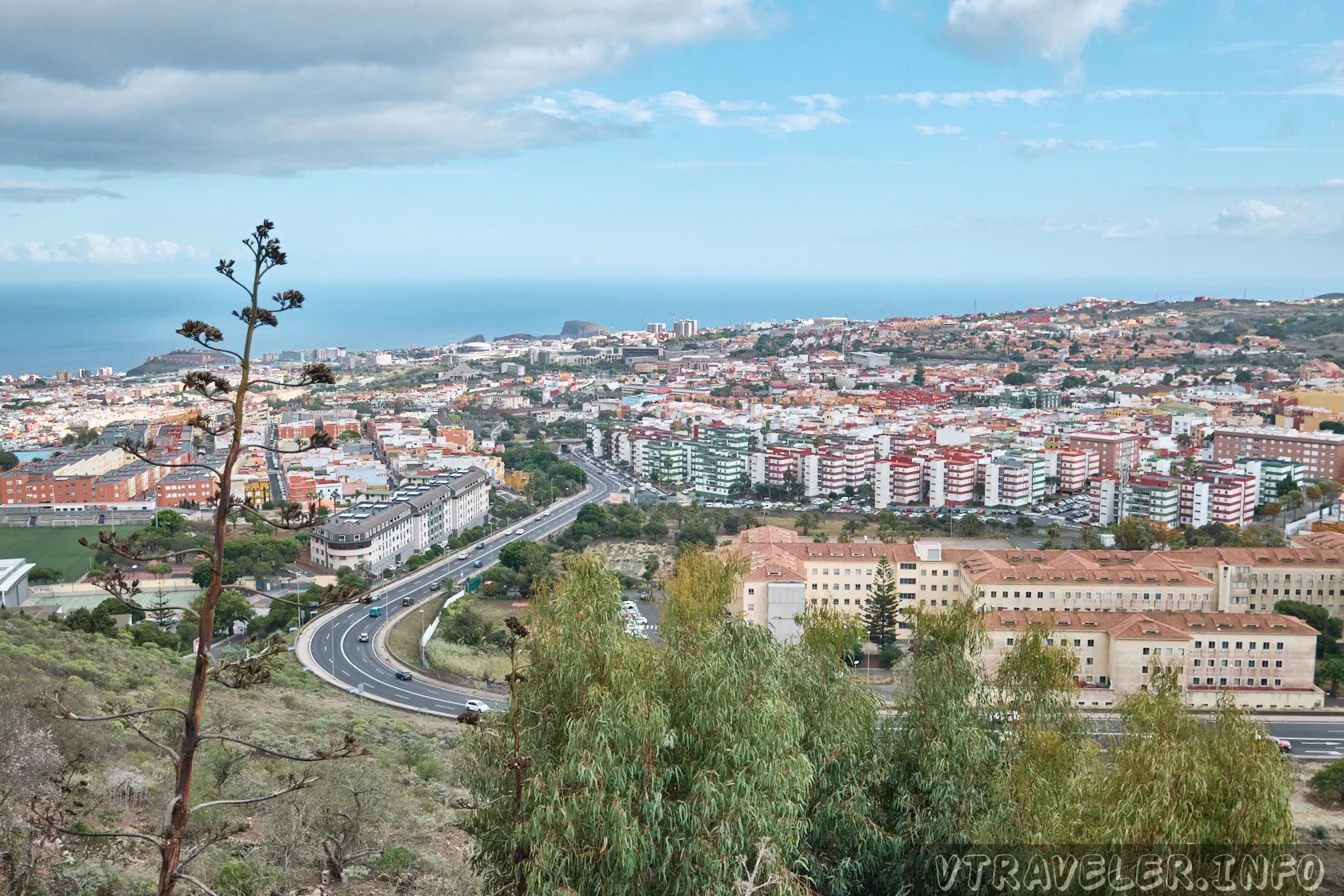
The eastern part of Tenerife, including the Anaga mountain range, is characterised by a temperate and humid climate. This area is subject to frequent rainfall, which favours the flourishing of endemic laurel forests, which have a high biodiversity. The humidity and abundant rainfall create unique conditions for the growth of rare species of flora that cannot be found in other parts of the island.
The historic town of San Cristobal de La Laguna, located in this area, is also frequently affected by rainfall. This adds a special flavour to the local architecture and culture, attracting tourists interested in history and unique landscapes. The humid climate not only maintains a verdant landscape, but also plays an important role in the preservation of historic buildings that are part of the UNESCO World Heritage Site.
These climatic conditions make the eastern part of Tenerife a desirable destination for nature lovers and tourists seeking tranquillity and seclusion away from the busy beach resorts. It also promotes sustainable tourism and attracts scientific expeditions interested in studying the local flora and fauna.
To the south east is the popular resort of El Médano, considered the mecca of surfing, windsurfing and kitesurfing.
Climate in the west of the island
The western part of Tenerife is a region with unique natural conditions and a specific climate. The famous Los Gigantes cliffs, reaching up to 600 metres above sea level, form an impressive landscape and influence local weather conditions. The cliffs act as a barrier to winds and precipitation, creating a microclimate in the village of Masca and the surrounding gorges that is different from the more usual conditions of the island.
This protection from strong winds and sea breezes allows sunlight to abundantly illuminate Masca Village and the surrounding areas, contributing to a mild climate and comfortable conditions for visitors all year round. It also influences the growth of unique flora and the creation of picturesque landscapes that attract hiking and photography enthusiasts.
These features have made the west of Tenerife a popular destination for ecotourism and outdoor activities. The gorge and the village of Masca offer visitors not only beautiful views, but also the opportunity to explore natural attractions in a secluded and tranquil atmosphere, far from the hustle and bustle of tourist centres.
Climate in the central part of the island
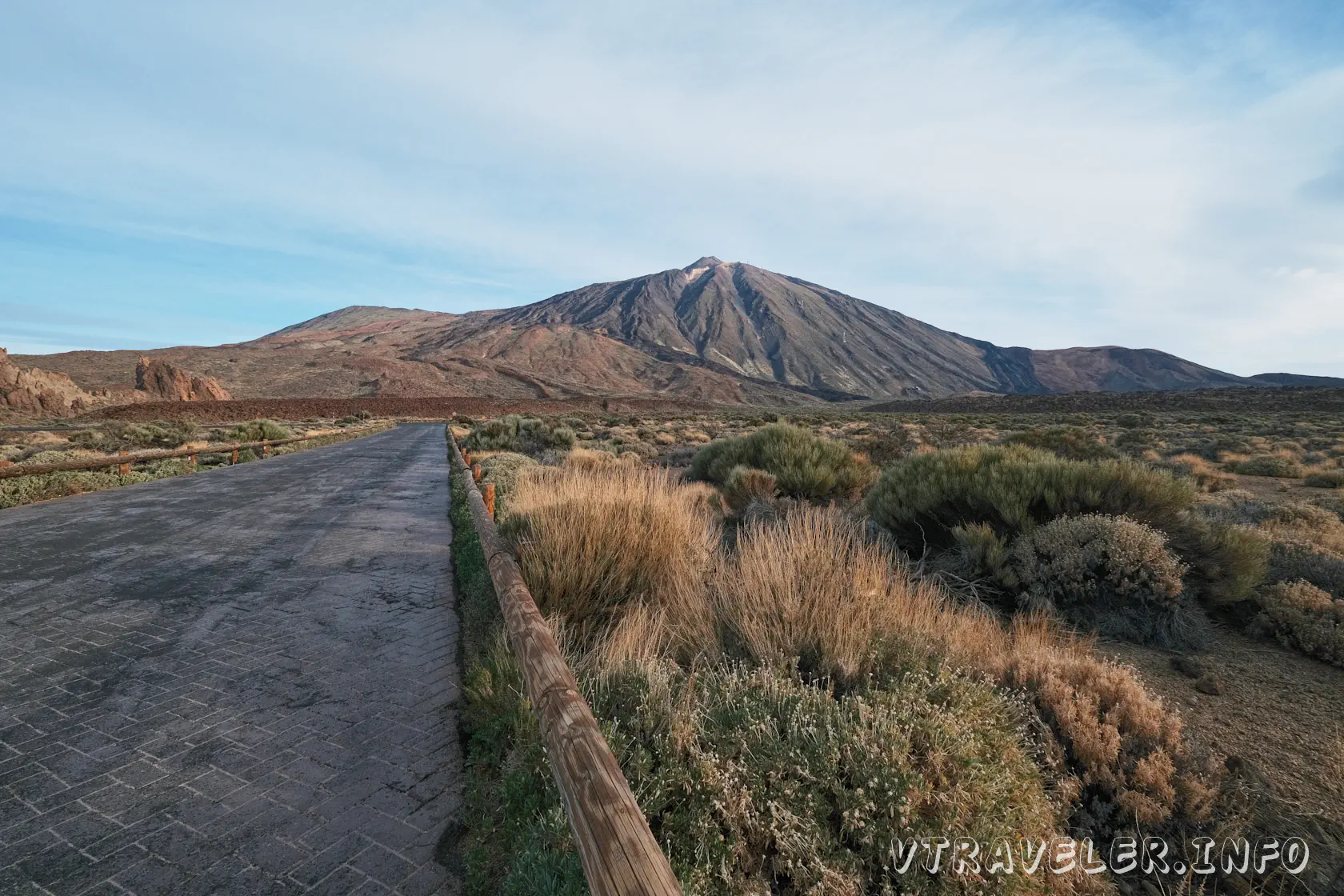
The central part of Tenerife, including the Teide National Park, has a unique climate due to the significant altitude differences, ranging from 600 metres to 3,718 metres at the peak of the Teide volcano. This region of the island feels the acute effects of altitude, resulting in significant variations in temperatures and environmental conditions.
At altitudes above 2000 metres, where the Teide volcano itself is located, temperatures can be quite low, even freezing in winter, while reaching comfortable summer temperatures of around 20°C. These conditions favour the growth of unique flora such as the endemic Canary Pine (from 600 to 2000 metres above sea level) and the Tejinaste, a rare plant that blooms every few years and is adapted to the harsh conditions of the highlands.
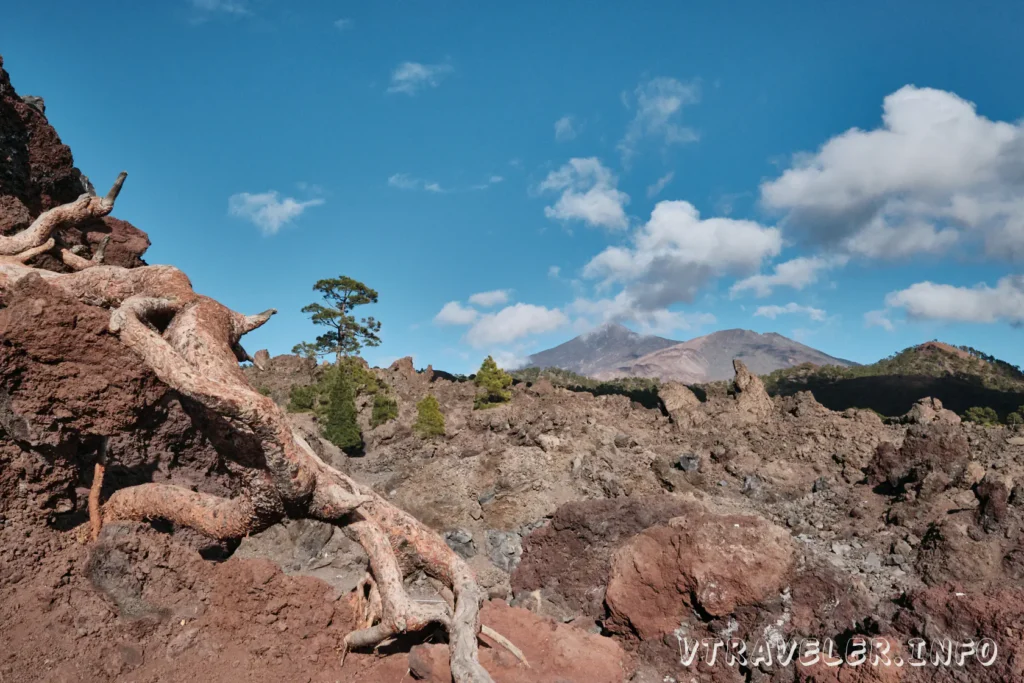
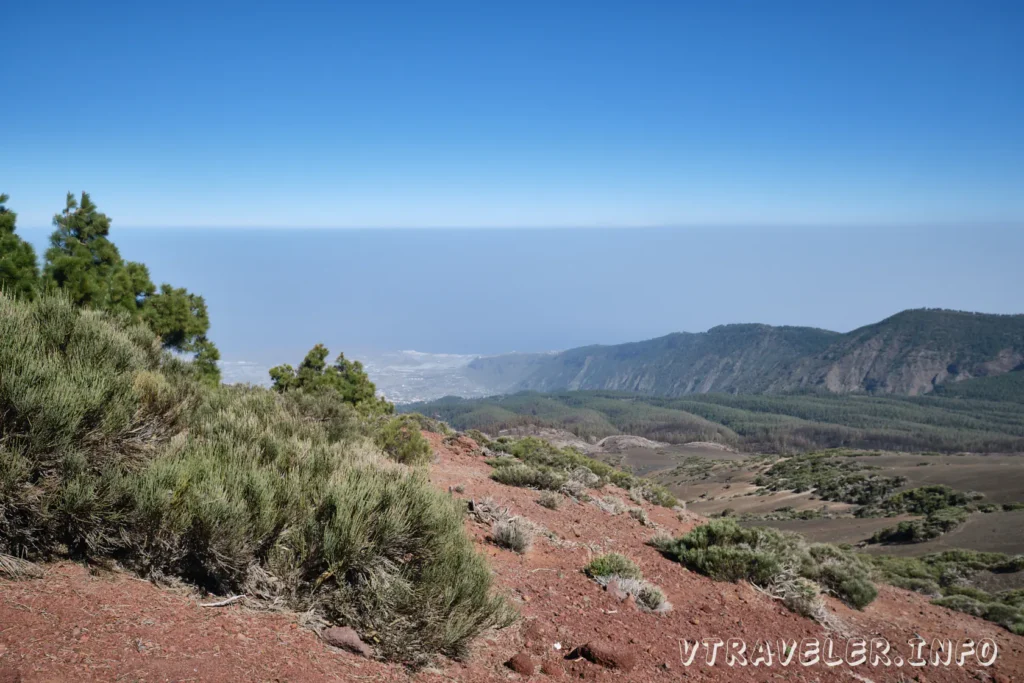
The high altitudes also create diversity in microclimates, which provides habitats for different species of fauna. Some of these species, like the Canarian rock goat and mouflon, have adapted to life in rocky and sparsely vegetated terrain. Interestingly, despite the rarity of precipitation on the volcano itself, localised clouds often form precipitation in the form of dew, which collects on plants and provides them with water.
Such conditions make the central part of Tenerife particularly attractive to tourists and explorers wishing to experience the volcanic landscapes and unique nature. Teide Park, in particular, is one of the most visited national parks in Europe, offering visitors a wide range of activities from hiking trails to winter sports in the mountains.
Calima in Tenerife
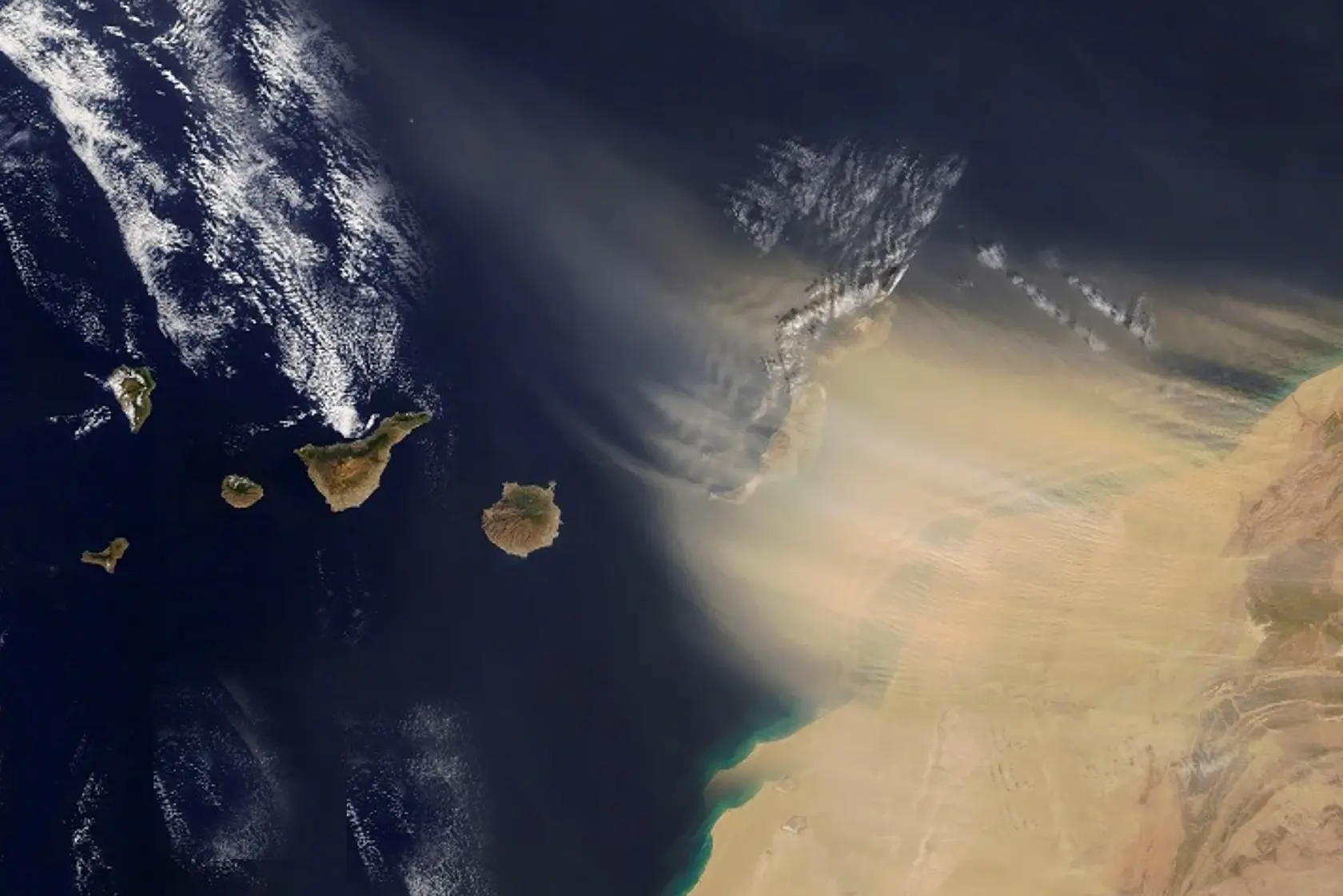
Calima is a phenomenon that affects weather conditions in Tenerife and the other Canary Islands. This meteorological phenomenon is a wind that brings sand and dust from the Sahara desert. Kalima is particularly noticeable during the winter and spring months and can last from a few hours to several days.
During Kalima, there is a significant increase in air temperature and a decrease in humidity. The sky becomes cloudy due to sand in the air, which can lead to reduced visibility. The phenomenon is accompanied by a feeling of heat and “dryness” in the air, which can cause discomfort for people with respiratory problems.
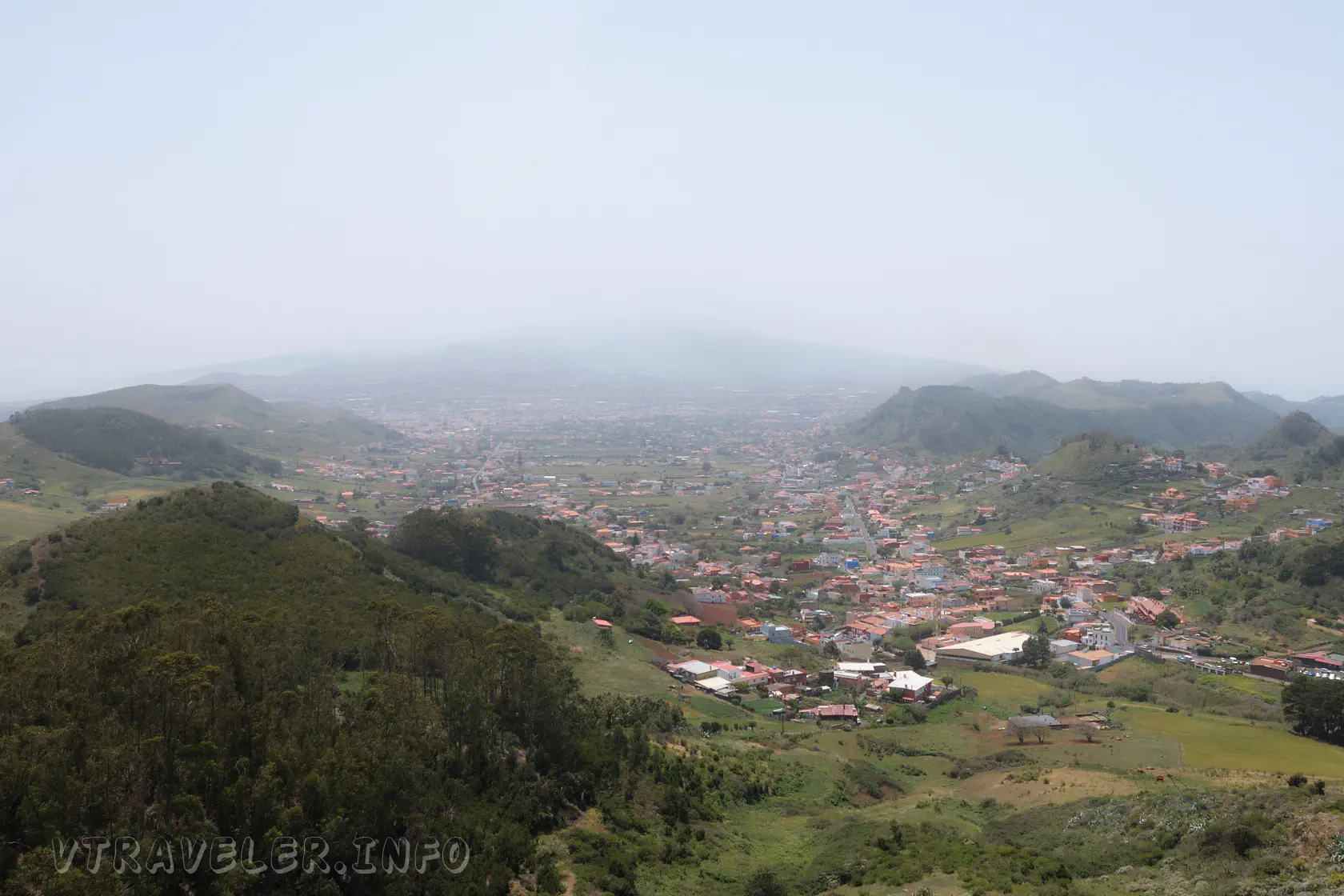
Kalima affects not only the weather, but also daily life on the island. Dust brought by winds can settle on buildings, cars and plants, requiring extra cleaning efforts. It can also affect air quality, so during periods of strong Kalima, residents and tourists are advised to limit their time outdoors.
Tourists planning a trip to Tenerife should consider the possibility of Kalima and prepare for potential changes in plans, especially if they involve outdoor activities. If Kalima is severe, it is advisable to keep an eye on local weather updates and take precautions to protect your health.
Tenerife weather by region
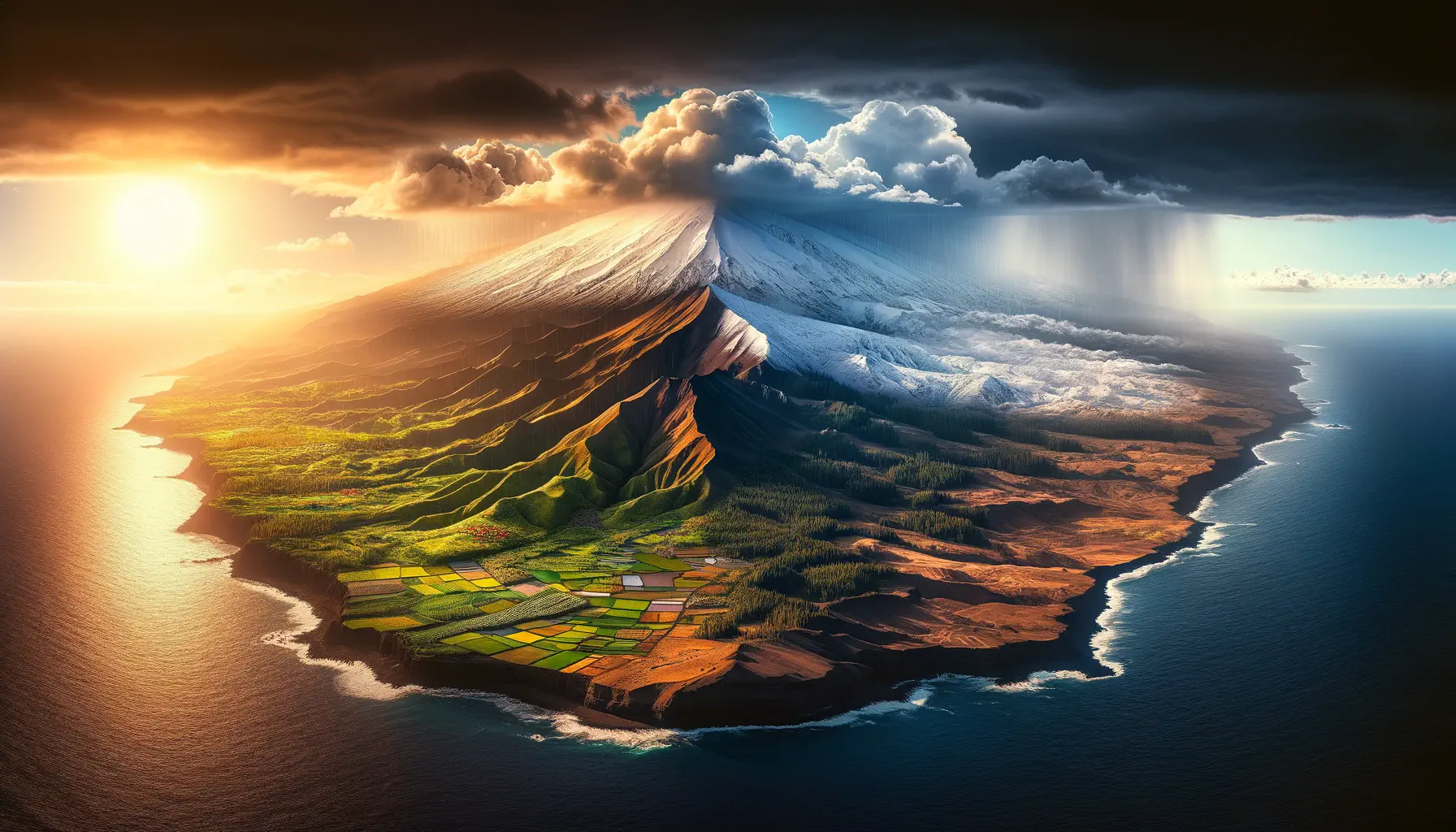
Tenerife, thanks to its varied landscape and geographical position, offers a wide range of climatic conditions that differ according to the part of the island.
South: Los Cristianos, Costa Adeje, Las Americas
The south of Tenerife is known for its mild and dry weather conditions. Here, in the areas of Los Cristianos, Costa Adeje and Las Americas, temperatures rarely drop below 20°C, even in winter, and can reach 30°C or more in summer. Due to the protection from the high mountains, these areas receive less rainfall and more sunny days, making them ideal for beach holidays all year round.
North: Puerto de La Cruz
In the north, Puerto de La Cruz has a wetter and cooler climate compared to the south. It rains more often here, especially in the winter months, and the temperature is a few degrees cooler. This region attracts tourists with its lush vegetation and traditional Canarian towns.
East: El Medano
El Medano in the east is known for its windy conditions, making it a popular destination for windsurfing and kitesurfing. The wind here blows almost all year round, providing ideal conditions for water sports.
West: Playa Paraiso, Los Gigantes, Puerto de Santiago
In the west of Tenerife, places such as Playa Paraiso, Los Gigantes and Puerto de Santiago have a similar climate to the south, but are more influenced by the sea currents, which bring cooler weather in the evening. These areas are also sheltered from direct winds, making them a great choice for a relaxing holiday with beautiful sunsets and stunning cliff-top views.
Each of these regions offers unique weather conditions suitable for different types of holidays and activities, making Tenerife a versatile destination for travellers from all over the world.
Tenerife weather by month

Tenerife’s weather patterns throughout the year are of interest to travellers looking to optimally plan their trip. The island is characterised by stable climatic conditions with small temperature fluctuations between winter and summer. In the following paragraphs we detail how the weather changes from month to month, which will allow travellers to be better prepared for different types of leisure activities, be it beach holidays or hiking on mountain trails.


